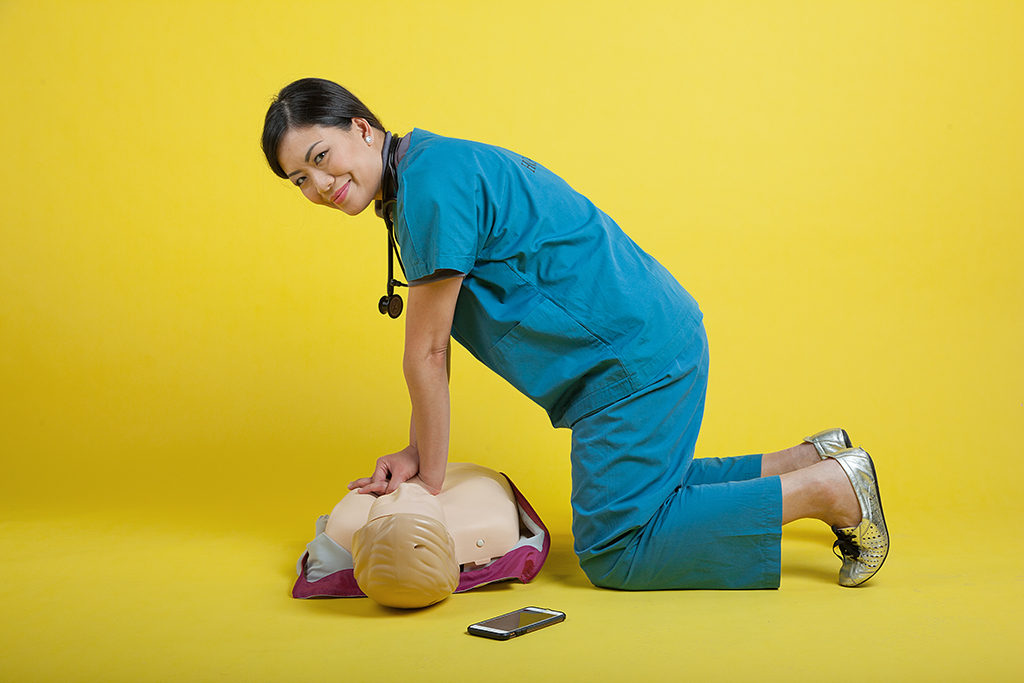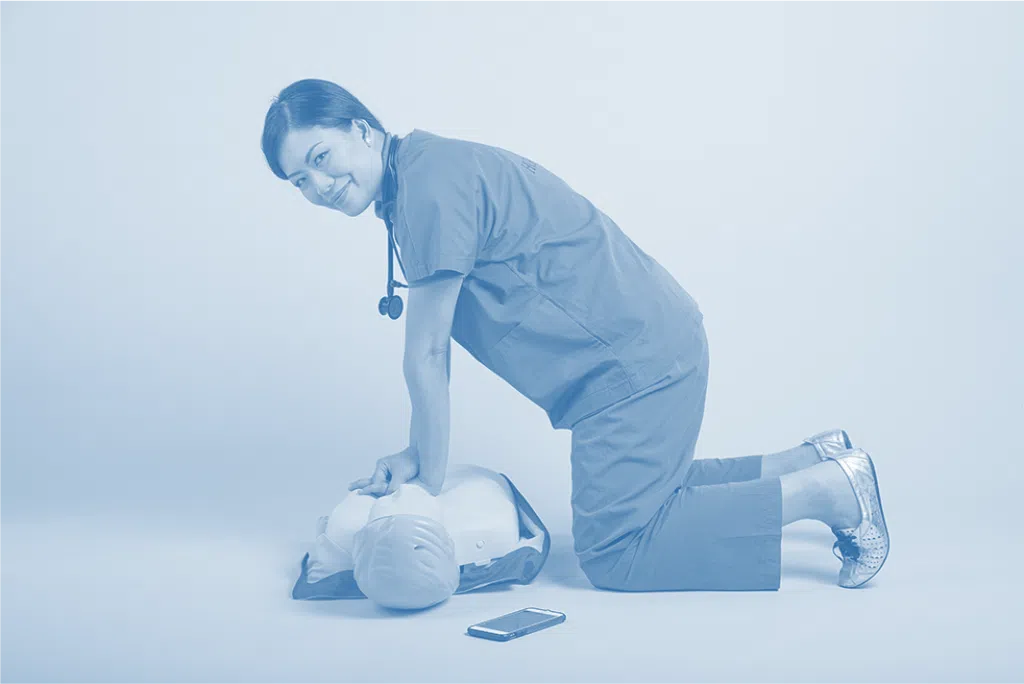By Han Ming Xuan (with thanks to Dr Jade)
There is limited literature about psychological follow-up with lay rescuers who responded to out-of-hospital cardiac arrests. In this article we shall look at the findings from two publications that shed some light on the psychological aspects of being a lay rescuer.
Inside the minds of cardiac arrest rescuers…
It is normal and expected for rescuers to be emotionally affected by the experience of being involved in a resuscitation. A 2016 qualitative Norwegian study interviewed 20 lay rescuers who performed CPR on victims of cardiac arrest. [1] While some had post-event anxiety, nightmares and loneliness, others had periods of self-blame and criticism especially when the patient did not survive. Of greater significance is the sense of uncertainty that came with struggling to acquire information on the patient’s outcomes. There was a yearning for seeing and talking to the patient and to gather facts about the incident. [1] Unfortunately, as with all medical cases, patient confidentiality must be upheld and lay rescuers who are strangers to the victim are not necessarily privy to detailed medical information.
The Norwegian study also revealed that rescuers also wanted to get acknowledgement from health professionals about their CPR attempt, which most often was not possible. Hence they weren’t assured of their satisfactory CPR quality. The main coping strategies used by these rescuers when coping with their emotions was talking to people they knew and in some cases consulting healthcare services.
PTSD in rescuers attending to cardiac arrests
So have there been documented statistics of clinically significant PTSD in rescuers? A 2015 Dutch study did exactly that – Zijlstra et al assessed 189 lay rescuers four weeks after the resuscitation, using the Impact of Event Scale (IES) that screens for PTSD. [2] 41% of the rescuers reported no to mild short-term impact, 46% reported bearable impact while 13% reported severe impact. They however did not show clinically-relevant PTSD-related symptoms 4-6 weeks after performing bystander CPR even if they had perceived severe short-term impact. An encouraging finding is that 172 out of 189 rescuers regarded their resuscitation experience as positive and 81% scored no stress on the IES. [2]
What do we do with all this information?
All this evidence points us to one thing: that PTSD can be a real issue for lay rescuers who respond to cardiac arrests. You might be wondering: so if we are trying to encourage everyone to step forward as a rescuer, why share these statistics? Our very own paediatric emergency specialist and life coach Dr Jade emphasises that as a start we cannot be brushing these issues off and keeping this hush-hush when the right way forward is to get the conversation going about the reality of this issue and the importance of being mindful: keeping in tune with our thoughts and emotions.

Being someone’s second chance at life is an honour and a privilege. SCDF regularly gives out Community Lifesaver Awards and Community First Responder Awards to recognise the heroic efforts of members of the public who step forward in times of crises. The Survivor Awards Singapore is another avenue where these efforts are recognised as part of the support given by the Unit of Pre-hospital Emergency Care (UPEC) and the Singapore Heart Foundation (SHF). But the glory of certificates and recognition aside, even if the patient ultimately does not make it, the act of stepping forward is an act of courage. Dr Jade proposes that the efforts of the lay rescuer who stepped forward could be more formally recognised with perhaps a Good Samaritan Award. And maybe, some years down the road, we might actually have mental health clinicians in the emergency department and on board our ambulances to give emotional assistance to family members, lay rescuers, patients and even paramedics. The conversation needs to keep going and we have a culture to build.
Concluding remarks
Throughout this 5-part series we have looked at what mindfulness is and how it helps with the delivery of CPR. We have touched on the bystander effect, the elements that explain the apprehension and how in Singapore, Good Samaritans are protected by local laws when they deliver care of a level that is expected of a lay individual. We moved on to look at the importance of viewing mental health along a continuum, being mindful, at all times, of where we stand and when we need to seek help. Finally we have examined what existing research has told us about the psychological aspects of being involved in a resuscitation as a family member and as a rescuer.
Mindfulness is a beautiful topic centered upon being cognisant of life’s varied stressors, keeping in tune with our emotions, implementing self-care strategies when needed and knowing when to reach out when we feel overwhelmed. The conversation has just started and must be kept alive.
References
[1] Mathiesen WT, Bjørshol CA, Braut GS, Søreide E. Reactions and coping strategies in lay rescuers who have provided CPR to out-of-hospital cardiac arrest victims: a qualitative study. BMJ open. 2016 May 1;6(5):e010671.
[2] Zijlstra JA, Beesems SG, De Haan RJ, Koster RW. Psychological impact on dispatched local lay rescuers performing bystander cardiopulmonary resuscitation. Resuscitation. 2015 Jul 1;92:115-21.
The motivation behind this series
Starting out as a paramedic trainee got me thinking hard about psychological well-being. For too long topics like these are shunned by lay people and healthcare professionals within and outside the fields of medicine because for some reason, being in such professions, we somehow are expected to “act the part” in the face of trauma and adversity: suck it up and move on! No denying that we are all resilient and tough individuals but a culture of not speaking up trivialises the importance of mental health.
Speaking to Dr. Jade led me to realise that even at her level of seniority, experience and standing, mindfulness and well-being are on the top of her list even as a senior paediatric emergency specialist. She inspires so many and she paves the way for more open conversations about well-being in healthcare and beyond. My gratitude goes to Dr. Jade for her unwavering support and guidance throughout the conceptualisation and writing of this series.
